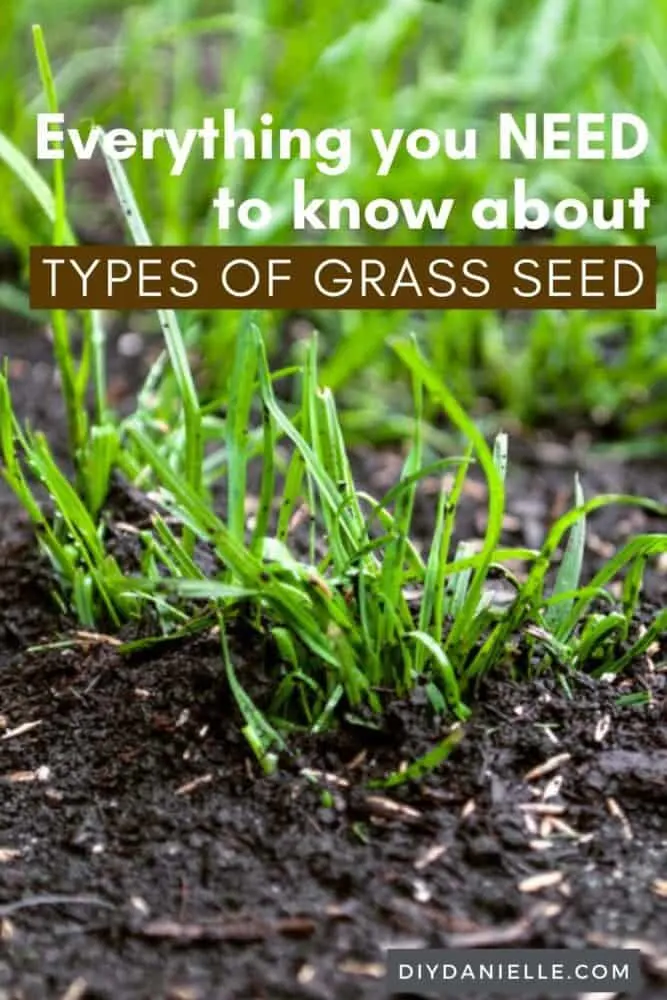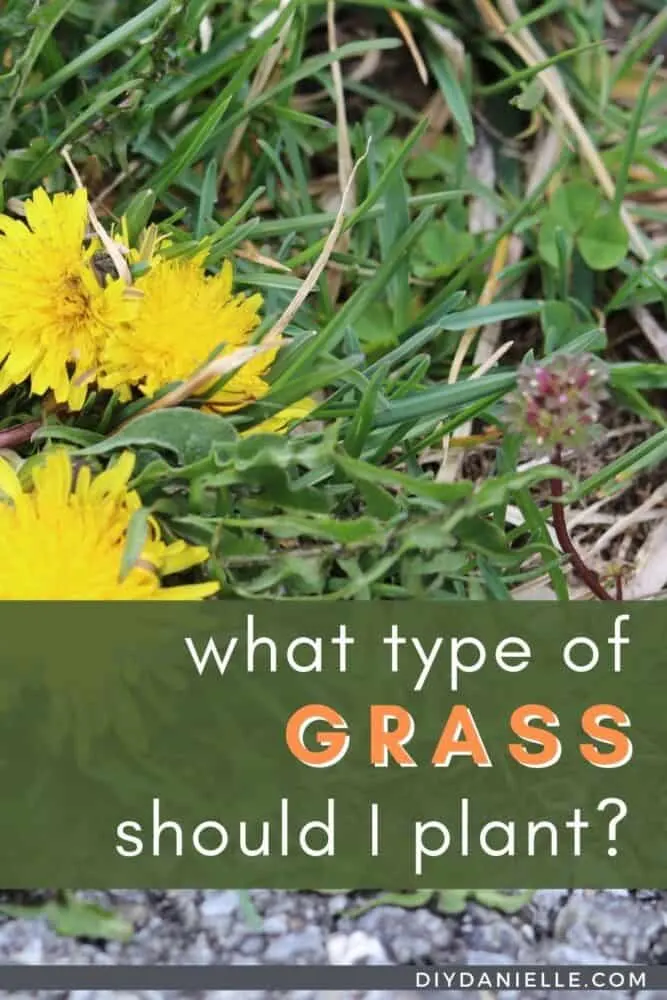
Learn about choosing the right grass seed for your lawn and pasture. This guide will explain how to plant the best grass for your climate.
This post may contain affiliate links which may earn me commissions should you click through them and take certain actions. As an affiliate for Amazon, Cricut, xTool, Home Depot, and other sites, I earn from qualifying purchases. Please DIY carefully. View my full legal disclosures here.
Please read the whole post so you don’t miss any important information!
Sometimes your idea of the perfect lawn is geared more towards function than being the most attractive yard in the neighborhood. For a lawn or pasture, you want grass that is sturdy, prevents erosion, and absorbs rainfall.
The overall appearance may not be as important as its durability. To cultivate this type of lawn, you need to identify the category of grass that is best for your situation.
Here is an overview of the different kinds of grass seeds for lawns and pastures.
Survey Your Lawn
Before diving deep into research about types of grass seed, it is important to determine the environment of your yard or pasture to know what features you are looking for. Factors such as climate, rainfall, sun exposure, and soil composition will all influence which kind of grasses will thrive and which will have difficulty growing on your property. For a grazing pasture, you will need to consider the type of animal it will be feeding. Once you know the benefits you are seeking for your lawn, it will be much easier to decide on the specific grass seed.
Categories of Grass
All grasses fit within two broad categories—warm season grass or cool season grass. A description of each category is included below.
Warm Season Grasses
This type of grass is well suited for warmer climates, such as the South of the United States. The planting season for this grass is in the spring. Since warm season grasses tend to turn brown in cooler temperatures, you can also reseed in the winter to maintain a green color year around. Warm season grasses need to be planted from sod or grass sprigs. The following are several different types of warm season grasses:
Bahia Grass
This grass is ideal when resilience is needed. It has a low need for water, therefore can survive through a period of drought. The overall texture is coarse, but it can withstand a high amount of foot traffic. It fares better in full sun to partial shade.
Bermuda Grass
If you are looking for weed resistant grass, this could be a great option. It grows quickly and has a high resistance to drought. This type of grass fares better in full sunlight and with a medium level of traffic.
Buffalo Grass
This is a very low maintenance option. It serves as a turf grass and is very popular among the Great Plains. It is also drought resistant and requires full sunlight but can withstand heavy traffic.
Centipede Grass
If you have poor soil, this grass could be ideal for your lawn or pasture. It grows slowly so you won’t have to mow as often! It is semi-resistant to drought, does better with a low amount of traffic, and has a coarse texture.
Cool Season Grasses
This group of grasses are well suited for the climate in the Northern United States. These seeds are planted in the late summer or early fall and grow the most during fall or spring. To be included in this category the grass must be able to withstand colder temperatures in the winter. Here are various kinds of cool season grasses:
Fescue Grass
There are many different varieties of this quick growing grass. It has a high resistance to drought and minimal need for water. It includes a coarse texture and requires full sun to partial shade. It does better with only a medium amount of traffic.
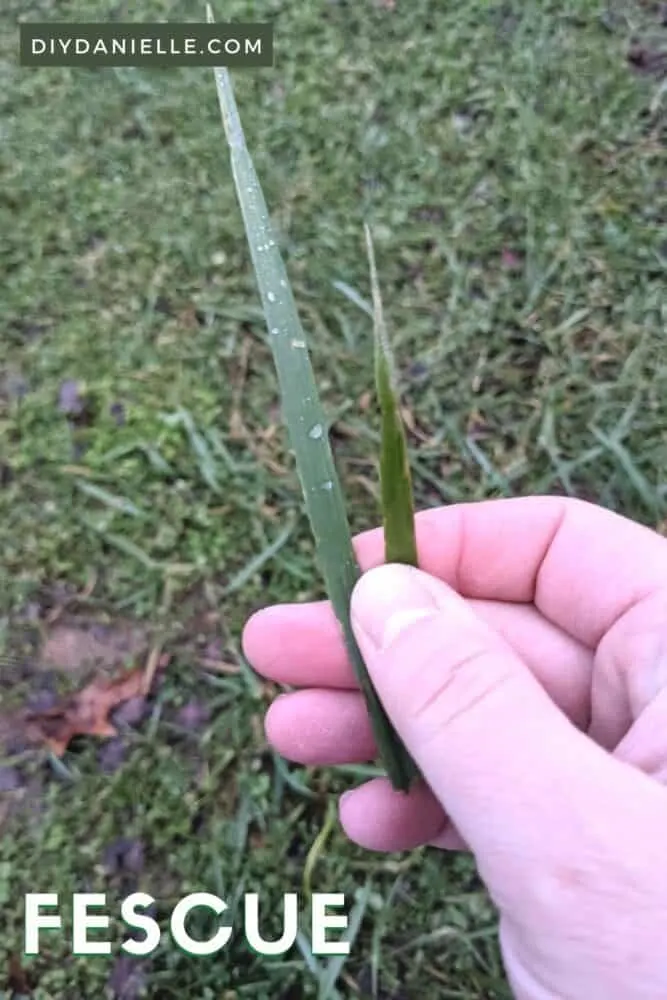
Kentucky Bluegrass
If you are looking for a type of grass that will not need a significant amount of reseeding, this could be a great option for you. It is self-spreading and it is a thick and durable grass. However, the texture is finer than other grasses mentioned.
It can endure a high level of traffic and does well in full sun to partial shade. Its season of dormancy is during the hottest part of summer. Kentucky bluegrass is not typically grown for hay due to its short height. It is the most common cool season grass.
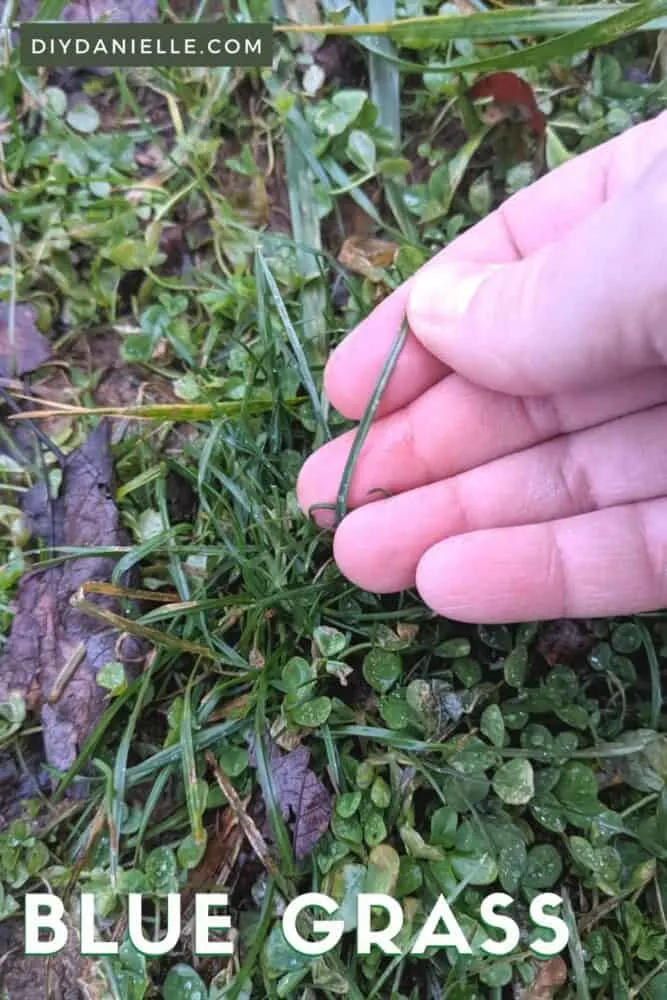
Here’s a closer up picture…
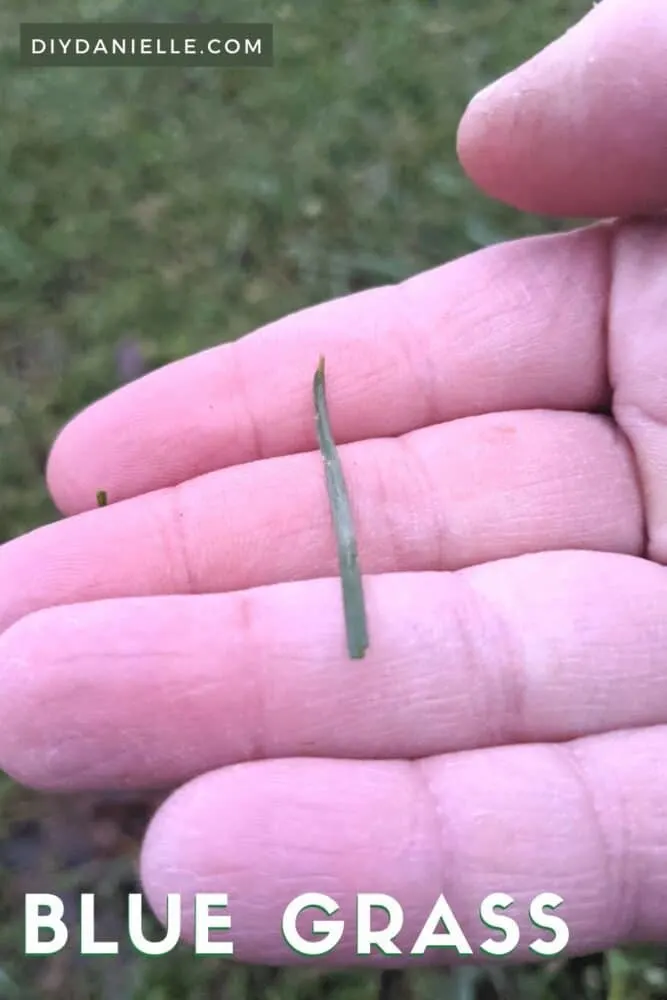
Perennial Ryegrass
This kind of grass does not fare well in extreme temperatures. It is a cool season grass, but is often used to overseed an existing warm season lawn. It can withstand heavy traffic and is used for erosion control due to its ability to germinate relatively quickly. This type of grass must be watered regularly because it does not survive drought well.
Brome
Brome grass is a cool season grass, but watch out- there are two types of Brome.
Meadow brome is a bunch grass which grows well with legumes. Smooth brome, on the other hand, is rhizomatous and can quickly take over your property. Meadow brome can be used for pasture or hay.
For pasture, meadow brome is more sought after. Brome will turn green quickly in the Spring, but it grows more slowly in the heat of the summer.
These kinds of grasses are recommended for someone looking to create a sturdy lawn that requires minimal maintenance but withstands a significant amount of traffic.
The function of these grasses is more important than the nutrients they provide. If you need to grow grass in a grazing pasture for livestock, you will need to consider other factors such as the ability to feed animals.
What are Blends and Seed Mixes?
Many bags of grass seed that you find at the local store are blends or mixes of grass seed. Blends are seed mixes that contain seeds for two or more cultivars of the same species of grass. Mixes are combinations of different species of grass.
Our grass is a mixture of cold season grasses, specifically Blue grass and Fescue. We also have a number of weeds, clover, and other items in our grass.
The benefit to a mix or blend is that you can use different grasses for different conditions. For example, you can mix a type of grass that does well in full sunlight with one that does well in partial shade so you don’t have bare spots in shady parts of your yard.
Mixes can also provide better, more nutritious forage for animals.
You do, however, need to be cautious about what percentage of each seed is included. Some types of grass will choke out other types of grass over a year or two. This can be advantageous, depending on your goal. For example, if you want the entire lawn to be made up of that grass type, but it’s a slow growing perennial grass, you may mix the seeds with an annual grass that is faster to grow. The annual grass will pop up quickly, providing some green sooner, but as it dies out, the other grass takes over.
If you desire the mix to persist, however, you may want to ensure that you seed with a lower percentage of the more invasive grass.
Some types of grass may not be ideal for your lawn or pasture. I wouldn’t, for example, plant the rhizomatous Smooth Brome. I don’t want the grass completely taking over my property. I also have several garden beds and I don’t love weeding rhizomatous grasses from my gardens.
Forage Options for a Pasture
A pasture system for livestock needs to be structured so that plenty of quality grass is available year-round. This often means leaving one field to rest while the animals are moved to a separate area and curating a specific combination of grass types.
Typically, cool season and warm season grasses are utilized together to create this outcome. Legumes can also be included to fill in seasonal gaps.
The most common kinds of forage species include tall fescue, orchard grass, red and white clover, and Bermuda grass. For your pasture, the ideal blend will vary depending on your region, soil, and livestock. Seek out local resources to determine what is recommended for your area.
A pasture does not always have to be geared towards grazing animals. It can also serve to maintain proper ground moisture or prevent erosion. A well-managed pasture is marked by how effectively the benefits outweigh the harm. Productivity should occur with minimal damage to the quality of the soil, water, and air. In all situations, a pasture should be cultivated to maintain a high standard of condition for its specific purpose.
Choosing the type of grass to plant in your yard or pasture can be overwhelming at first. There are many factors that influence healthy growth. The most important aspect to consider is the category of grass that is recommended in your region.
Beyond this, you will need to select a type that is well-suited for your particular property and level of maintenance. If you decide to combine more than one kind of grass, start with mixing only two. This will help you to establish the area before including additional species. Taking the time to carefully cultivate the ground and plant the right kind of grass for your lawn or pasture will lead to long lasting results that everyone will enjoy.
New to planting grass? Check out this article: How to Plant Grass.
Please share and pin this post! If you make this project, share it in our Stuff Mama Makes Facebook Group. We have regular giveaways for gift cards to craft stores. You can also tag me on Instagram @doityourselfdanielle; I love seeing everything you make!
